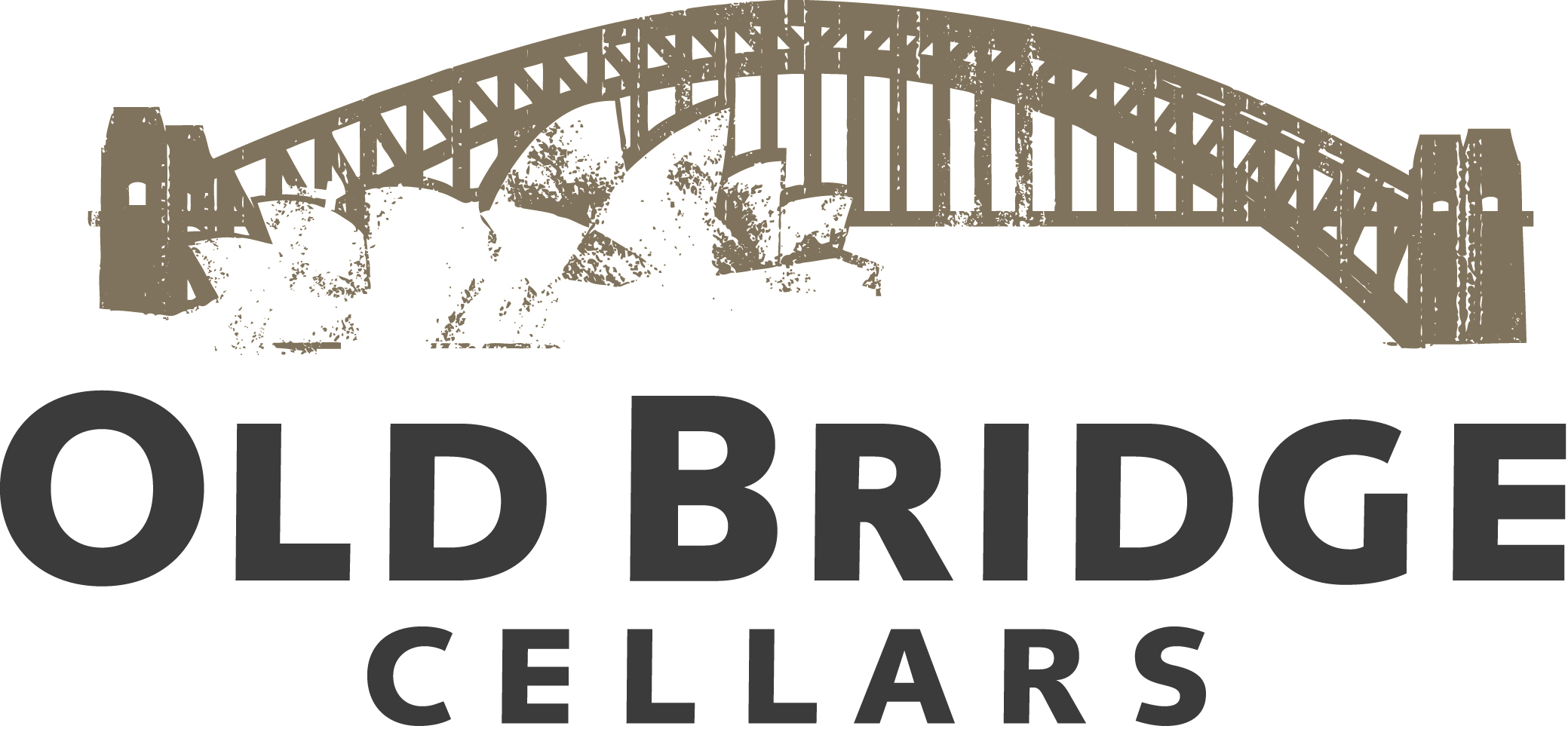Embracing the Labels
Northern Arizona’s Mountain Living Magazine
July/August 2015
by John Vankat
It may be heresy for a wine writer to say this, but there’s more to admire about wine than just the liquid inside the bottle. There’s the wine bottle itself, including its shape, color and, especially, its label.
Although wineries obviously focus on making wine, they also pay careful attention to the appearance of their bottles. Wineries relying on sales in wine and grocery stores know it is essential their bottles stand out from the many others on store shelves.
Although some customers select wine based on wine reviews or recommendations from wine-store staff, most either pick something they have enjoyed before or, consciously or subconsciously, pick bottles with attractive labels.
Wine labels serve multiple purposes. They carry information about the wine, including health warnings and other required specifics (many of which appear on back labels). But beyond that, labels are a sales tool in which wineries invest time, money and marketing savvy. In the process many labels end up being artistic, with the art ranging from classic to humorous.
Competitions to select and recognize the most artistic wine labels have appeared over the last decade or two. This column also does that, but with a very important twist. Instead of judging only on the basis of labels, I decided to simultaneously judge the quality of the wines. Therefor the following wines are highly recommended not only for their attractive, interesting labels on the outside, but also for their attractive, interesting wines on the inside.
Maison L’Envoyè 2013 “The Attachè,” Pinot Noir, Willamette Valley, Oregon
The Label: The three-tiered, stylistic images of Oregon landscapes captivates long after first glance. The scenes of farmland to mountain, city to farm and vineyards texturing hills are black and white, beautifully set off by gold lettering and a splash of orange.
The Wine: This leaner style of Pinot Noir reflects the winery’s vineyards in Oregon and roots in Burgundy. I loved its complexity in both nose and palate, especially as it developed throughout the long-lingering, well-balanced finish.
Leeuwin Estate 2009 “Art Series” Cabernet Sauvignon, Margaret River, Australia
The Label: Some wineries commission artists for their labels, such as the distinctive work by Tim Storrier featuring eye-catching flames below beautifully hued clouds. Gold lettering on a light background informs on the wine without detracting from the artwork.
The Wine: This powerful Cab has strong fruit, medium-soft tannins, and attention-demanding complexity. Not everything is revealed at first sip, but the wine grows and finishes big, complex and with a length that extends for minutes.
